The "Smartphone for Snapdragon Insiders" vs ROG5 Preview: Branded vs Original
by Andrei Frumusanu on August 16, 2021 10:00 AM ESTAudio - MW08S ANC Earbuds in the Package
The Smartphone for Snapdragon Insiders comes with a pair of ANC TWS earbuds in the package. Due to their commercial value of $299 and the high price tag of $1499 for the whole package, the review wouldn’t really be complete without a more in-depth investigation into the audio department.
As a preface, Qualcomm has warned us that the samples we’ve received do not contain the newest “Snapdragon Sound” advantages such as higher bit-rate audio or higher quality voice. However as these are generally codec-related aspects of the earbuds, and we’re note really expecting changes to the fundamental sound signature and ANC performance of the units, we should still be able to review them as-is.
Originally manufactured by Master & Dynamic, the MW08S come in Snapdragon branded variants in the SSI package. The earbuds are characterised by their distinctive design and “D” shape. Though the branding is extremely visible and notable, it’s not so much different than the original MW08’s (besides the black variants).
The size of the earbuds is quite reasonable and they fit well in my ear – however the only real quirk with them I found is that the earbuds did not insert as deep as I’m accustomed, and I felt they were more loose than other designs. Although they kept into my ears, because of this always had a bit of paranoia of them falling out.
The pairs come in what I consider a quite large and heavy battery case. Although the buds themselves are still reasonable at 9g each (Airpods Pro: 5.4g, WF-1000XM4: 7.3g), the metal case is just massive at 81g (Airpods Pro: 45.6g, WF-1000XM4: 41g). The actual case with the earbuds inside weighs a whopping 98.5g, which is definitely noticeable in your pocket.
The earbuds can be controlled by M&D’s “Connect” app. It’s a pretty straightforward interface, and allows one to tune various ANC settings as well as the power off timer for the units. The units have settings between ANC turned off, “Max ANC”, “All Day ANC”, “Ambient Voice” and “Ambient Awareness”. The app lacked any further customisations options or equaliser settings.
Conveying subjective ANC performance (or any kind of subjective evaluation for that matter) is suboptimal, so for this piece I’m attempting to give out some objective measurements and actual recording off the actual earbuds, as measured by my ear measurement rig and microphone setup. This is not a professional setup, but gets us nearly there and should showcase the quality of the ANC.
Starting off with a baseline, I was playing back a frequency sweep out from my calibrated speakers. The output here is supposed to be quite flat and neutral, however we’re using a IEM compensation curve on the input, so it won’t be quite right, but that’s generally not what we’re looking for – we’re just interested in the delta difference in SPL.
The black curve is without earbuds, and the blue curve is with the passive isolation of just the earphones. As expected, the passive isolation is more dominant towards the higher frequencies, at 10-15dB, with very little isolation in the lower frequencies.
Turning on ANC, we’re looking at the graph of passive isolation versus the two ANC modes on the earbuds – “Max ANC” and “ANC All Day”.
Immediately, we’re seeing a massive difference in attenuation in the lower frequencies of almost 20dB, most effective between 100 and 300Hz. Higher frequencies above 1.5KHz are virtually unaffected by the ANC.
All Day ANC reduces the attenuation by quite a lot – essentially this mode is just a weaker ANC mode that while still limiting low frequency noise, isn’t nearly as aggressive in the very low frequencies.
The two pass-through modes are “ANC Ambient” and “ANC Voice”. In the former setting, essentially the earbuds record and replay all external audio, compensating the passive isolation. The voice mode still applies some ANC at frequencies below 300Hz, and is still quite strong at frequencies below 100Hz.
To demonstrate the ANC effectiveness in a subjective scenario, I’ve recorded the performance of the earbuds in two ambient noise scenarios, starting off with loud airplane ambient sound:
I recommend listening through headphones at higher volume to get the best effect. At the end of the video I remove the earbuds – calibrate your volume to be representative.
The ANC is extremely effective in massively attenuating the ambient low-frequency noise that’s typical of airplanes. The ANC Voice setting also allows one for conversations effectively.
I included also a restaurant scenario, though I wasn’t quite as happy with the recording. While the ANC drowns out most lower frequency noise, chatter is still evidently present.
Overall, the ANC performance of the MW08’s appeared to be quite adequate, and well performing for lower frequencies.



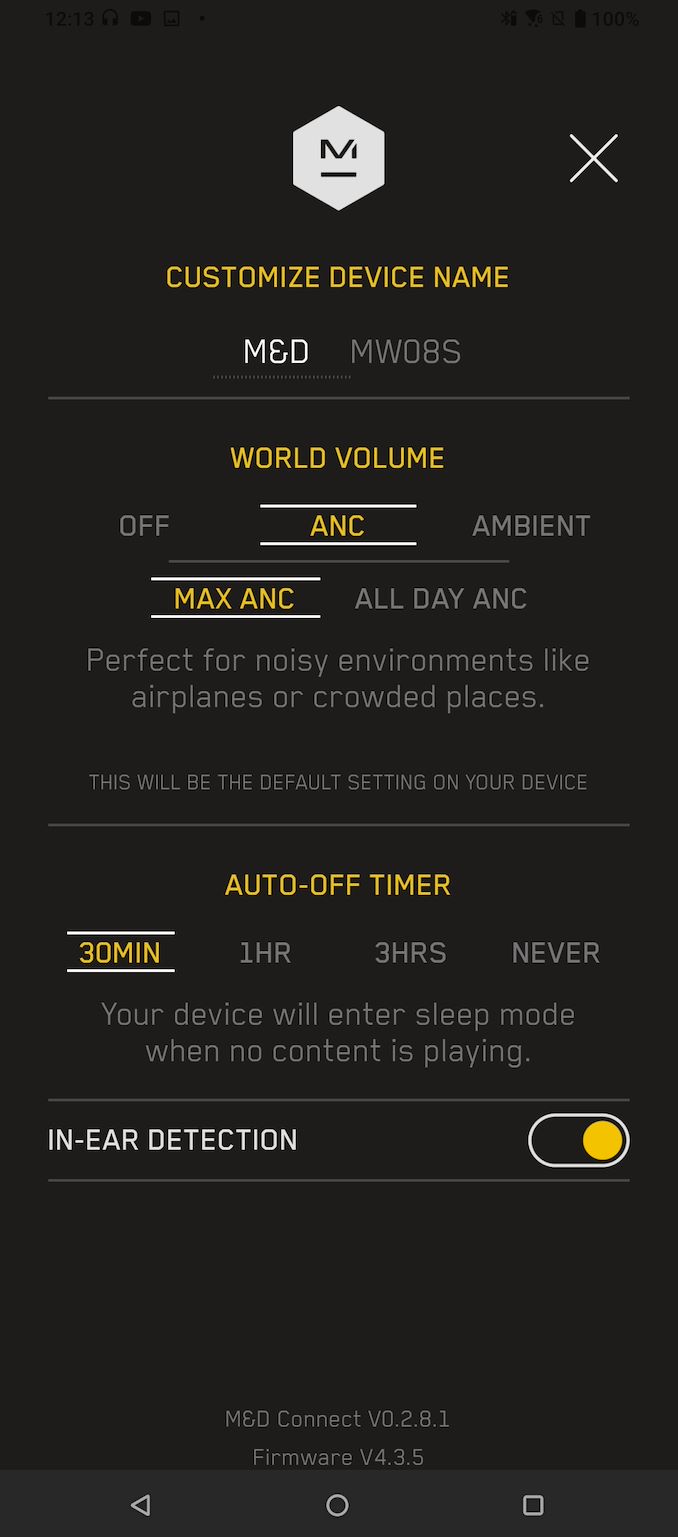
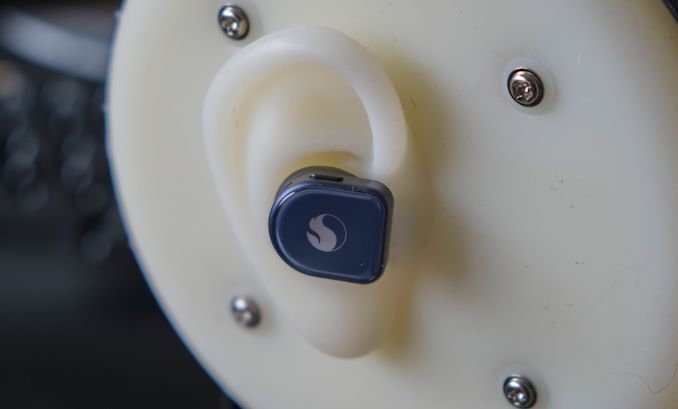
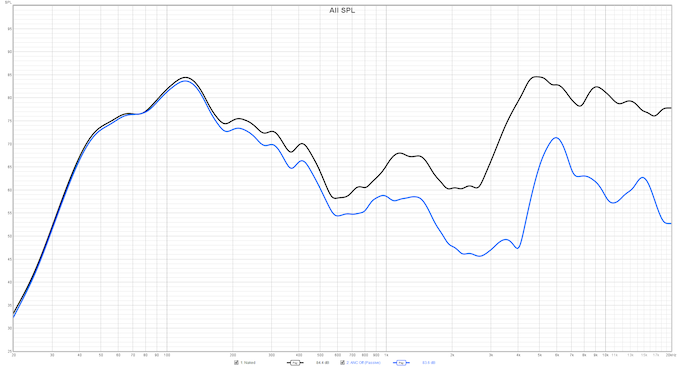
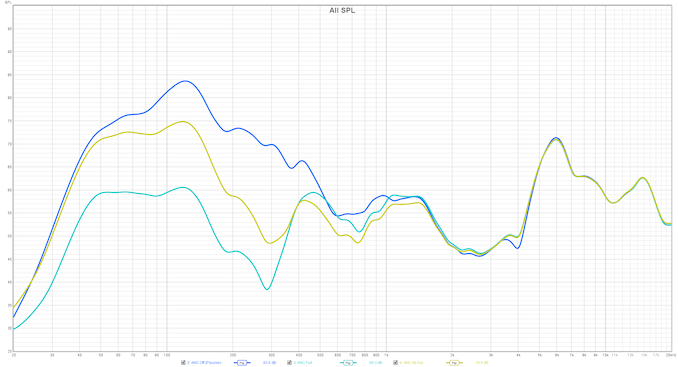
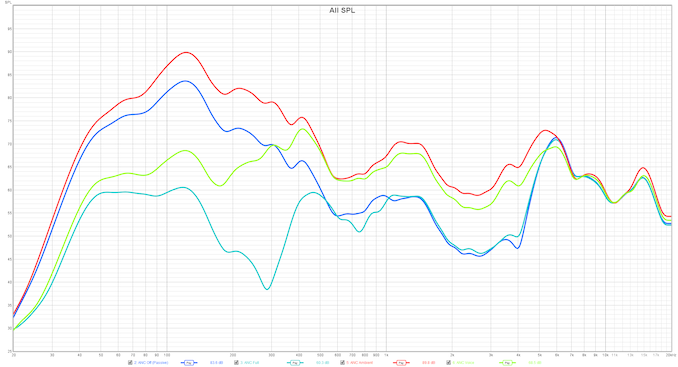








43 Comments
View All Comments
Spunjji - Tuesday, August 17, 2021 - link
Willing to bet that the image samples on that DXOMark review won't gel with the official rating...Kangal - Tuesday, August 17, 2021 - link
Came here to say the same thing.I expect QC to be worse than ASUS in photography, or at the best; not much better.
The ASUS RoG 5, gets so much right that it is one of the best phones of 2021. My only suggestions would be to make it smaller and lighter, better ergonomics, durability upgrades, perhaps IP68 certification, more available/affordable, and have better software support (AndroidOne? Bootloader?). Overall, its great and only outdone by the Sony phones.
s.yu - Tuesday, August 17, 2021 - link
Actually they may well do, I think they're cherry-picking the samples in recent years, at least for certain devices. Perception could be manipulated by manually discarding samples with minor focusing errors, vibrations, AWB issues, questionable lighting etc. and that could matter more than the actual performance of the device.Of course anybody could do that, but it's DXO we're talking about.
Mil0 - Wednesday, August 18, 2021 - link
Review is posted https://www.dxomark.com/smartphone-for-snapdragon-...It seems like dxomark reviewed the phone themselves, and they did find some issues with the algorithms.
BAllen - Tuesday, August 17, 2021 - link
Most people don't know that the Adreno 660 is just a 5nm overclocked Adreno 650. They both have the same 1,024 ALU count and design. The Adreno 650/+ runs at 540MHz-670MHz depending on the phone. The Adreno 660 runs at 840MHz. With these SOC's performance scales almost perfect. Each 100MHz clock bump gives the GPU a 100GFlops of FP32 compute. The Adreno 650/+ is rated at 1.2TFlops-1.38TFlops FP32. The Adeno 660 is rated at 1.78TFlops FP32. So you see the picture. And yes i said TFlops. Phones now have 1Teraflop+ GPU's. What's even better is a SD865 device with an Adreno 650 that holds a sustained clock can basically match a overheating, throttling 660.BAllen - Tuesday, August 17, 2021 - link
Also, the ROG 5's 2Vrms 3.5mm headphone jack uses the latest 32bit ESS SABRE qDAC and can push 700Ω 🎧. That with a 6000mAh battery and dual USB-C 3.1 has HDMI and MicroSD storage. So, its basically an upgrade for LG users. Though, i'm plenty happy with my modded LG v60 running A11 and Note 20 U5. The SD865/+ is all anyone would actually ever need for the next 5 years. That's why i bought 2 of each. With the v60 only costing $350-$400 new and the Note 20 UG at $600, who could pass on those deals. I got one v60 basically running at a HTPC hooked up to my LG OLED with a 512GB MicroSD loaded up.Kangal - Tuesday, August 17, 2021 - link
It's been a while since I've looked into the iGPU performance of phones.But with figures like that, it's pretty close to the power of the XB1 and PS4. Impressive. Not to mention, it getting access to newer software/hardware features, and using a more powerful CPU, you could argue they're even closer to that mainstream-2013-benchmark. Well, that is if you actually dock the phone and give it a steady supply of electricity and use some sort of Active Cooling to regulate it.
Then you have Apple. They might actually be more powerful (slightly) than last-gen console's performance. Add the SteamDeck to the conversation, and it's a good time to be a mobile gamer.
zodiacfml - Tuesday, August 17, 2021 - link
dont know whats going with Q these days. they should have Apple M1 like hardware by now but no, we get this 🤮abufrejoval - Tuesday, August 17, 2021 - link
Looks like you're trying to get somebody fired.Just sure hope it's not you!
CyborgAlienRay - Wednesday, August 18, 2021 - link
I wouldn't waste $1500 on an alpha device that's not even remarkable by any means, let alone one with no 3.5mm jack or can remain cool, or have removable memory, the additional headphones are worthless for me, so what about 16GB DRAM, the fact it's got 512GB of ReadOnlyMemory is great but, still not for the additional $500. Wishy-washy camera, overheating, and complete 5G networks doesn't add up to $1400, the rest are boring stats, it even doesn't have the next gen of processors in it, which may have gone a long ways but, still not worth that. Even looks cheap, not sure if that's a Qualcomm decision or an Asus one but, someone dropped the leaded loaded iron ball on someone's head on that one for sure.